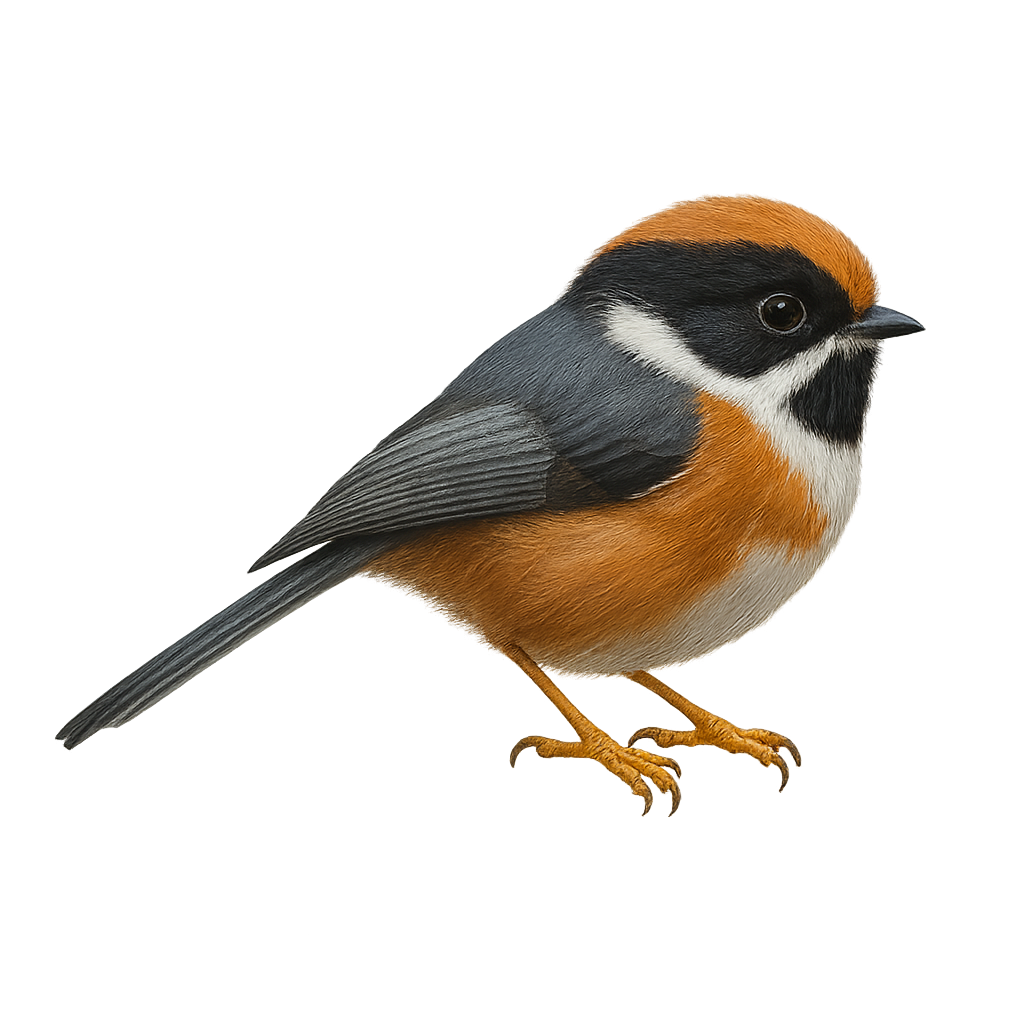Your wildlife photography guide.
Explore the black-throated bushtit in detail, study its behavior, prepare your shots.
Where to observe and photograph the black-throated bushtit in the wild
Learn where and when to spot the black-throated bushtit in the wild, how to identify the species based on distinctive features, and what natural environments it inhabits. The WildlifePhotographer app offers tailored photography tips that reflect the black-throated bushtit’s behavior, helping you capture better wildlife images. Explore the full species profile for key information including description, habitat, active periods, and approach techniques.
Black-throated Bushtit
Scientific name: Aegithalos concinnus

IUCN Status: Least Concern
Family: AEGITHALIDAE
Group: Birds
Sensitivity to human approach: Tolerant
Minimum approach distance: 5 m
Courtship display: April to May
Incubation: 15-17 jours
Hatchings: April to June
Habitat:
Deciduous forests, wooded areas, forest edges
Activity period :
Primarily active during the day, with peak activity in the morning and late afternoon.
Identification and description:
The Black-throated Bushtit, or Aegithalos concinnus, is a small bird with distinctive plumage, characterized by a black and white head, brown back, and long tail. It measures about 10 to 11 cm in length and weighs between 6 and 10 grams. It is primarily found in Asia, especially in deciduous forests and wooded areas. Known for its sociability, it tends to move in family groups. Its diet mainly consists of insects and small invertebrates, but it also consumes seeds and berries. The Black-throated Bushtit is an active and agile bird, often seen flitting between branches in search of food.
Recommended lens:
400 mm – adjust based on distance, desired framing (portrait or habitat), and approach conditions.
Photography tips:
To photograph the Black-throated Bushtit, it is advisable to use a 400mm lens or longer to capture precise details without disturbing the bird. Look for areas where these birds are active, such as forest edges or groves. Be patient and discreet, as although tolerant, the bird can be wary of sudden movements. Use a tripod to stabilize your camera, especially in low light conditions. Take advantage of the early morning or late afternoon hours to benefit from soft, natural light.
The WildlifePhotographer App is coming soon!
Be the first to explore the best nature spots, track rutting seasons, log your observations, and observe more wildlife.
Already 1 431 wildlife lovers subscribed worldwide

